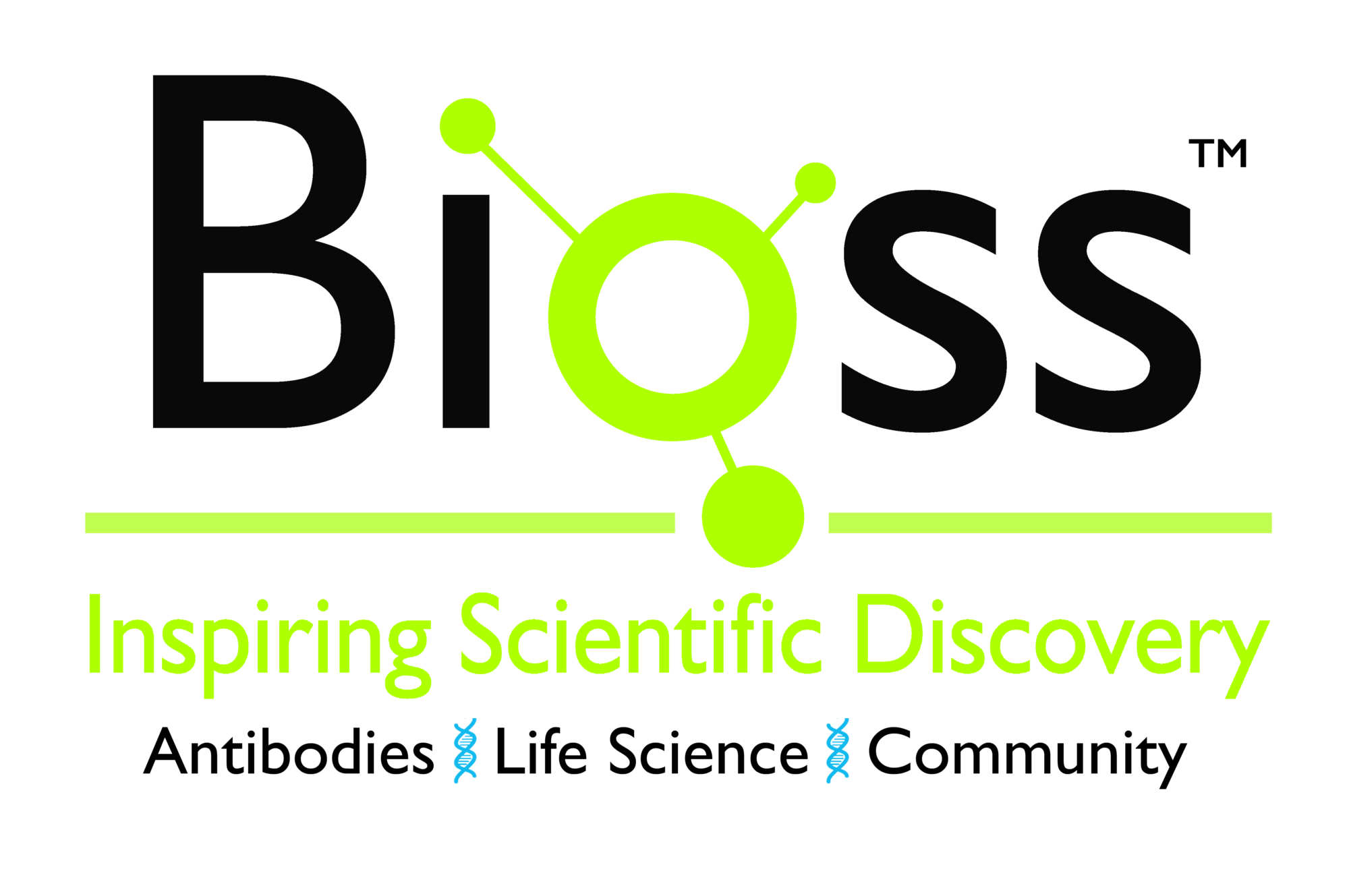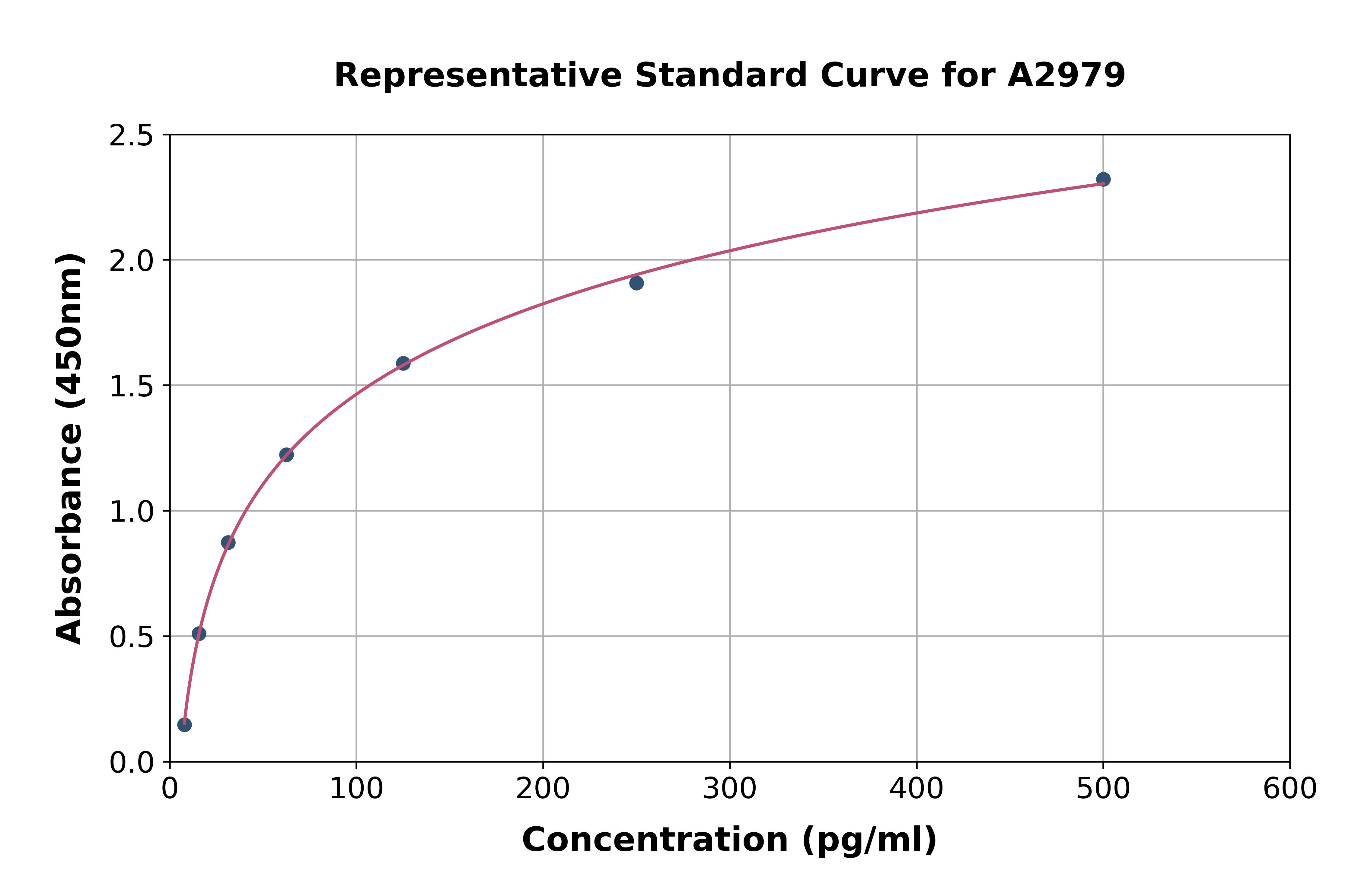IL-6 ELISA
BI-IL6
Assay Sample Typeserum, plasma (EDTA, citrate, heparin), cell culture supernatants, urine
Product group Assays
Overview
- SupplierBiomedica
- Product NameHuman IL-6 ELISA
- Delivery Days Customer7
- ApplicationsELISA
- Applications SupplierELISA
- Assay Detection Range3.12-200 pg/ml
- Assay Precisionintra-assay: 3%, inter-assay: 10%
- Assay Sample Typeserum, plasma (EDTA, citrate, heparin), cell culture supernatants, urine
- Assay Sensitivity0.28 pg/ml
- Assay Test PrincipleSandwich ELISA
- Assay Time4.5h
- CertificationResearch Use Only
- Scientific DescriptionProduct Characteristics: The Biomedica IL-6 Sandwich ELISA kit is a test that is intended for the quantitative measurement of IL-6 levels in human serum and plasma samples. Target Information: Interleukin-6 (IL-6), also known as B-cell stimulatory factor 2 (BSF-2), CTL differentiation factor (CDF), Hybridoma growth factor or Interferon beta-2 (IFN-beta-2), is built up by 183 amino acids and has a calculated molecular weight of 23.7 kDa. The gene is mapped at chromosome 7p21. It is a pleiotropic, alpha helical protein that is composed of a four-helix bundle (Somers W et al.). IL-6 is phosphorylated at amino acid 81 and it is variably glycosylated by N-linked glycosylation. IL-6 belongs to the IL-6/GCSF/MGF protein family (Rose-John S et al.) whose members share a common use of the gp130 receptor subunit. IL-6 isoforms, with internal deletions, are generated by alternative splicing. The principal cell sources for IL-6 are mononuclear phagocytes, vascular endothelial cells, fibroblasts or other cells. IL-6 is the ligand for the Interleukin-6 receptor alfa (IL-6R alfa) (Schwantner A et al.) that occurs membrane-bound, but that may also circulate as soluble form generated by alternative splicing or proteolytic cleavage. To induce signaling, IL-6 first forms a complex with the non-signaling IL-6R alfa. Subsequent binding to the signal transducing subunit gp130 leads to dimerization of gp130 and finally to the formation of the hexameric signaling complex (Boulanger MJ et al.). Complexes of IL-6 and soluble IL-6R alfa may elicit responses in cells lacking the membrane-bound IL-6R alfa but expressing the ubiquitous gp130 coreceptor. This process is known as trans-signaling, it enlarges the spectrum of target cells responding to IL-6 (Mihara M et al.).
- Storage Instruction2-8°C
- UNSPSC41116133





